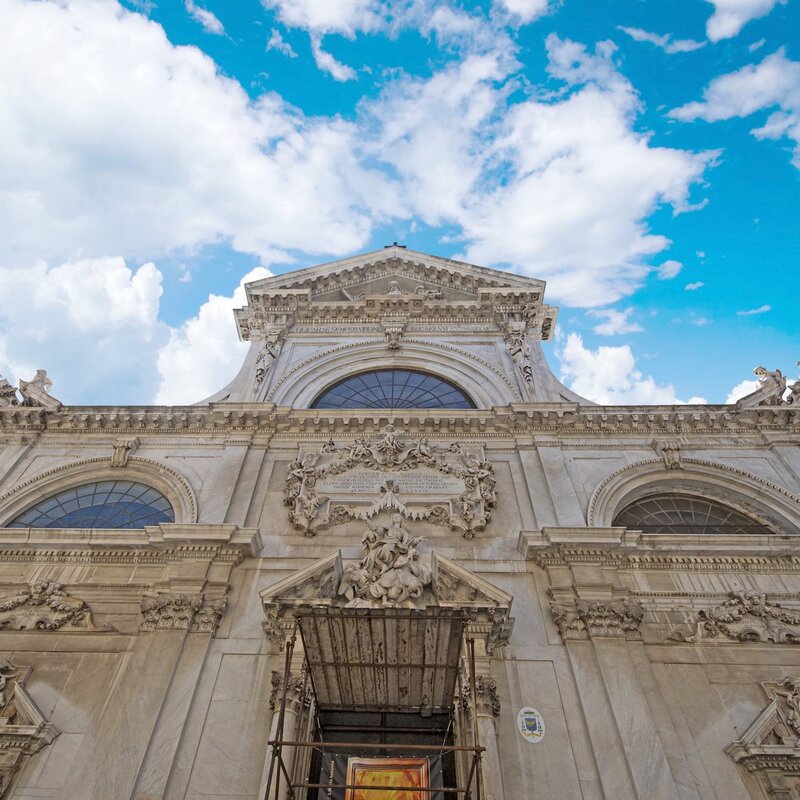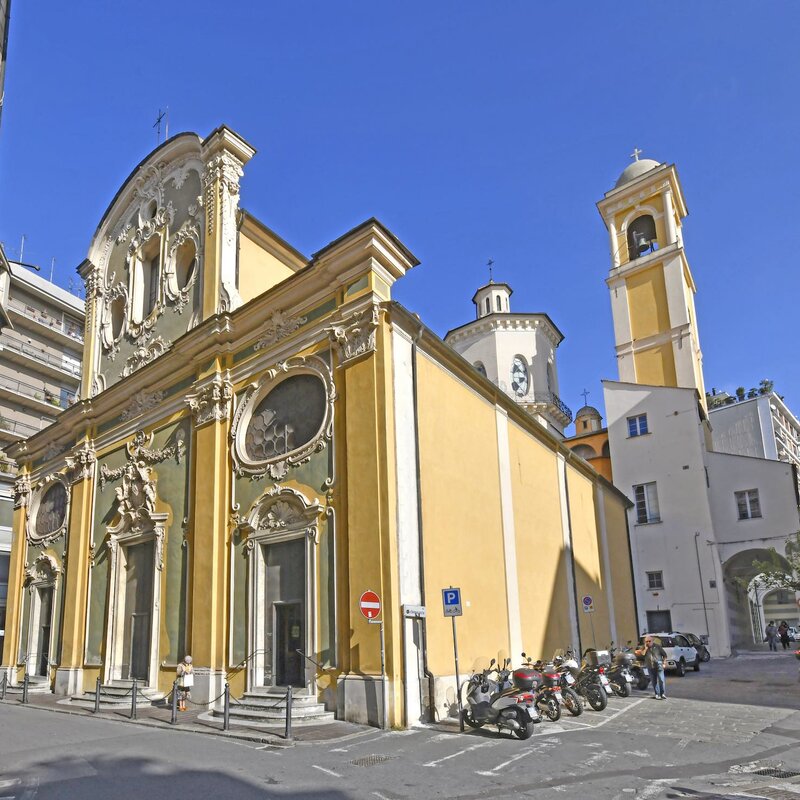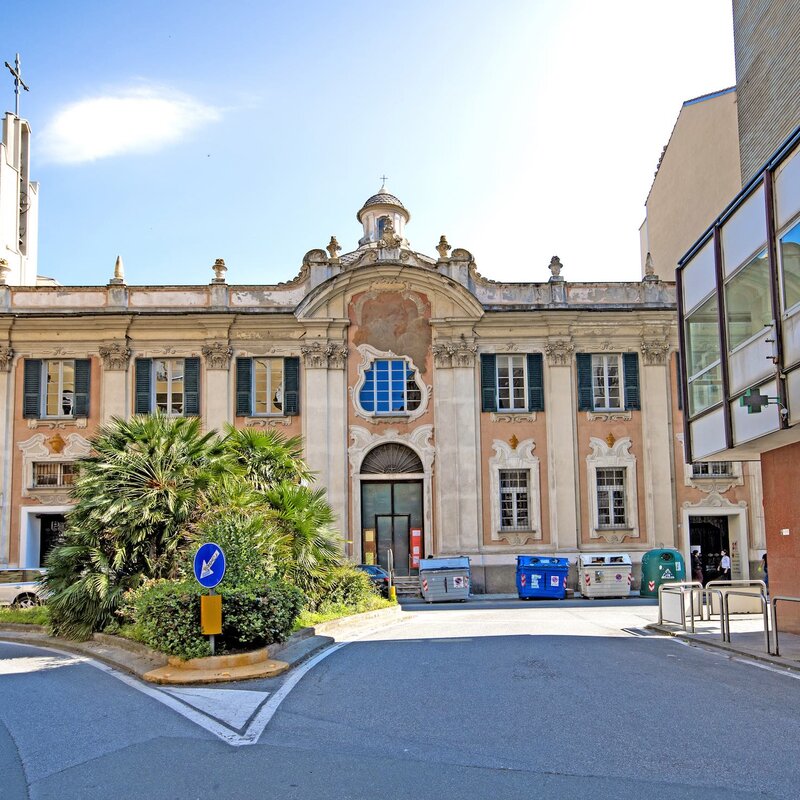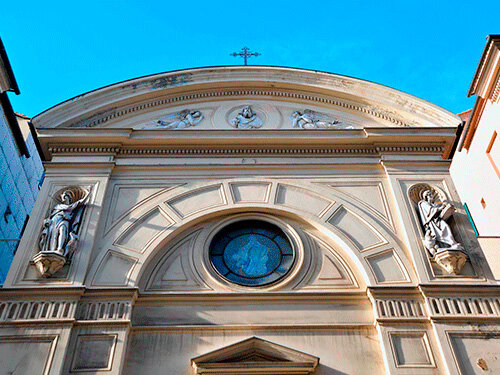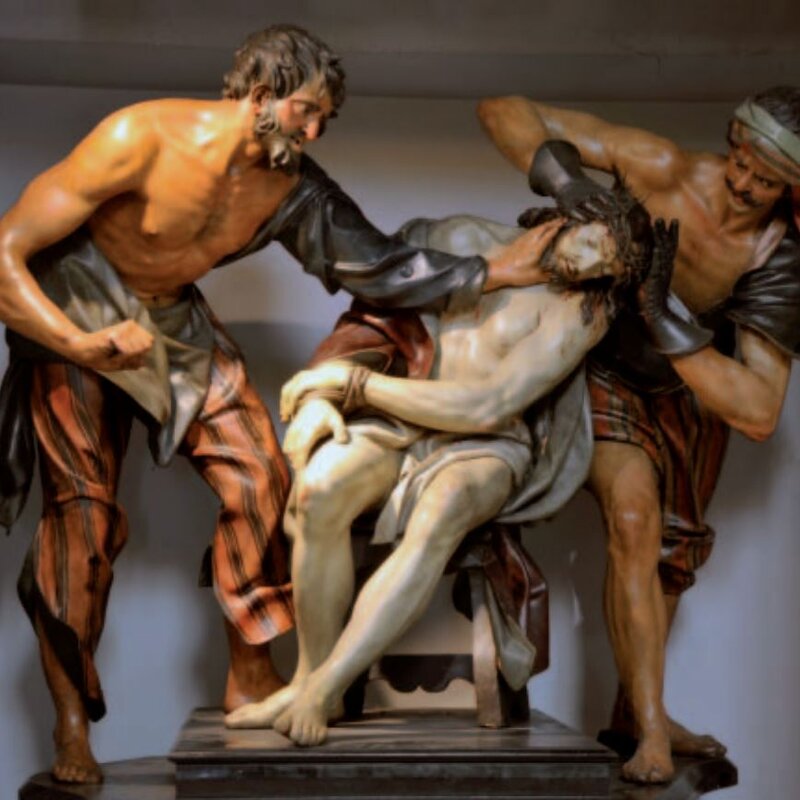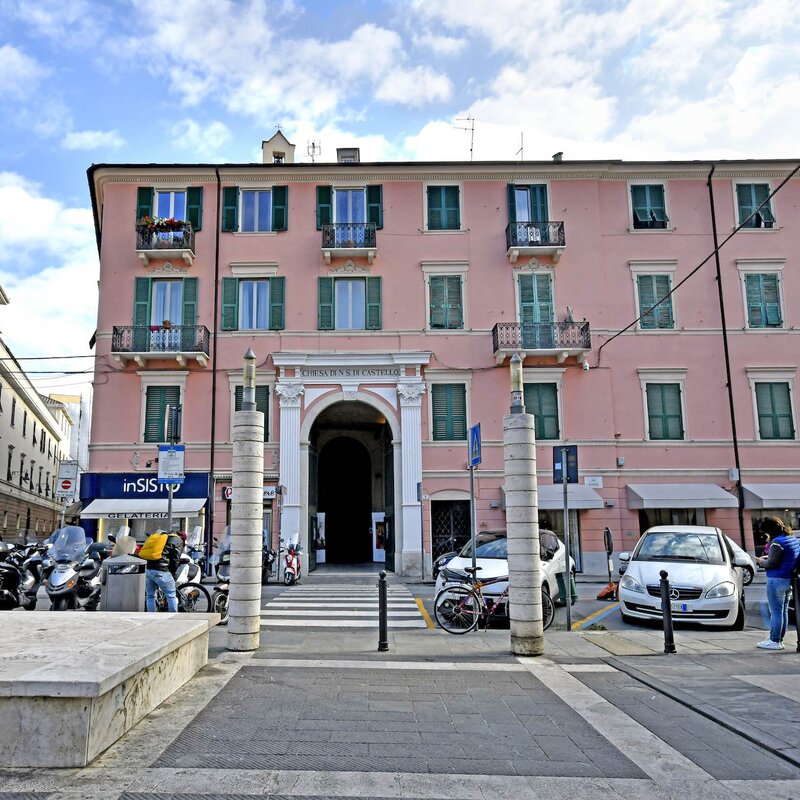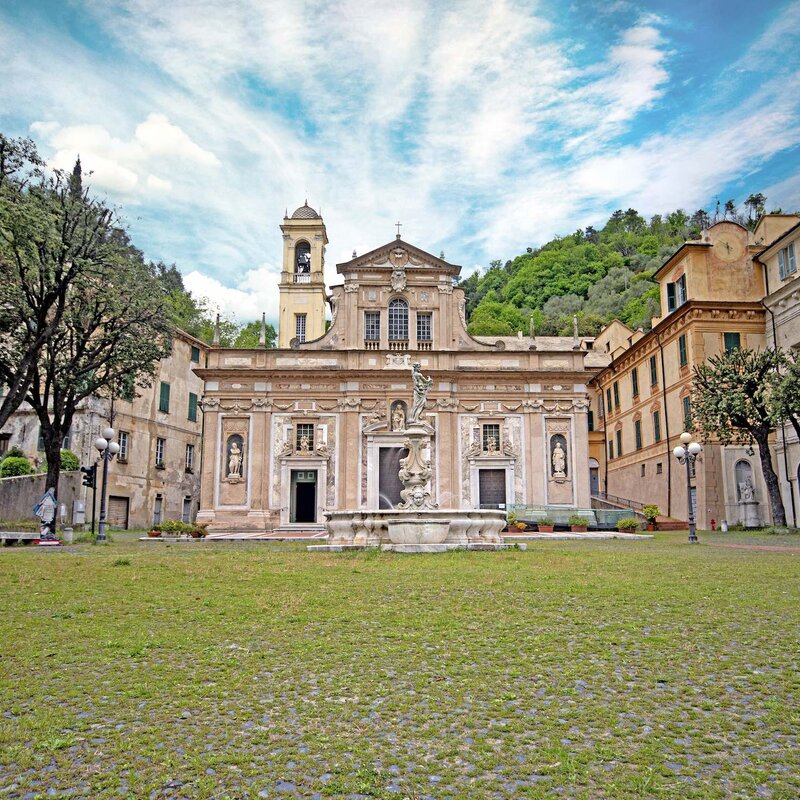Sistine Chapel
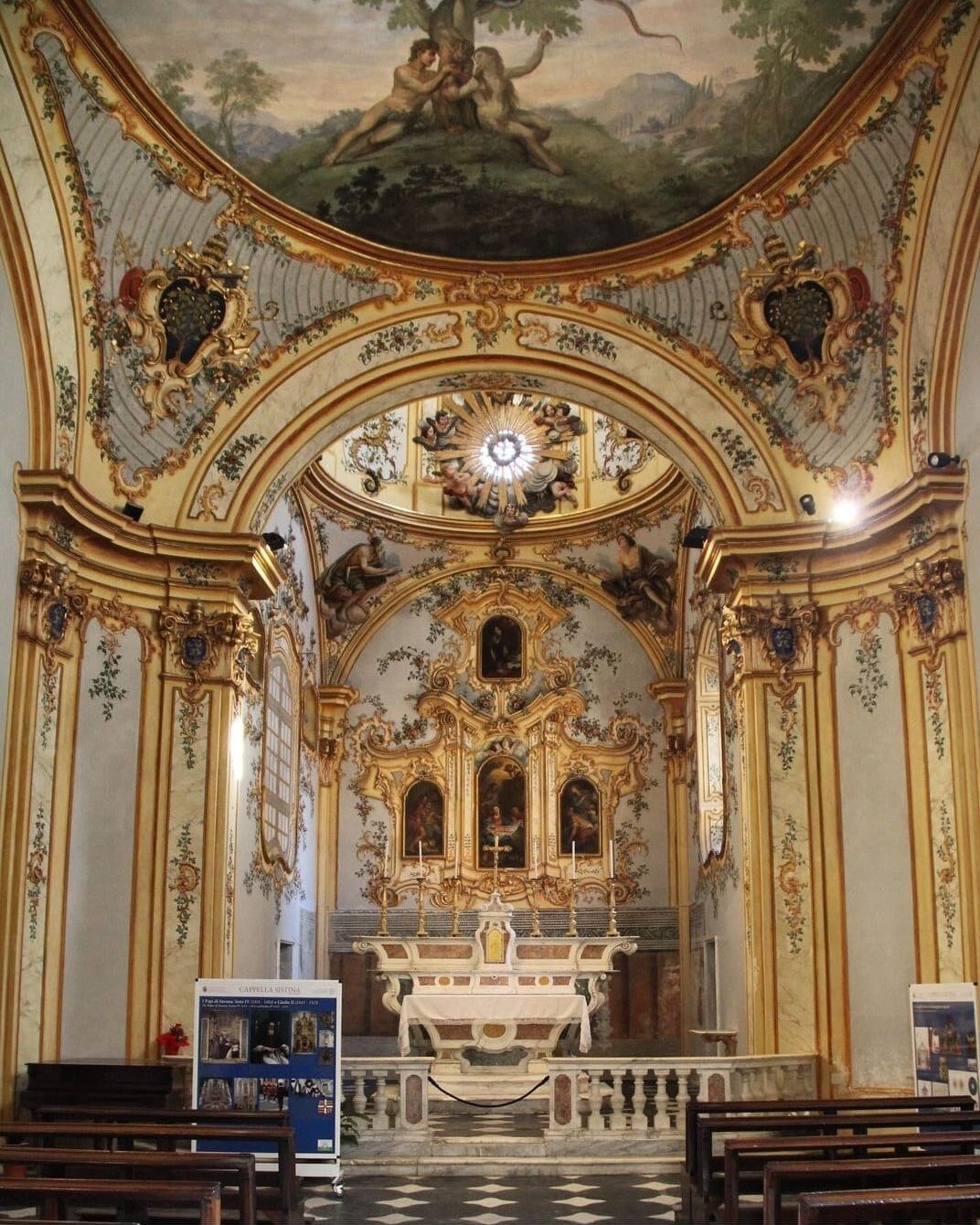
The two chapels - the Roman one and the Savona one - were both built by instruction of Pope Sixtus IV (1471-1484), providing testimony of the extensive patronage efforts undertaken by Pope Sixtus IV and his nephew, Cardinal Giuliano Della Rovere, later Pope Julius II (1503-1513).
With the construction of his Vatican chapel in Rome, Pope Sixtus IV sought to provide the papal see with a suitable location for the public manifestation of his spiritual authority and royal power as leader of the Church. Conversely, in Savona, his purpose was to build a funeral chapel for his parents, Leonardo della Rovere and Luchina Monleone, in the very same Franciscan convent where his father had secured a place for the family tomb.
So, in 1481, the works began for the conversion of the convent’s chapter house into a funeral chapel. For the paintings and sculptures to be used as part of the décor, Pope Sixtus IV chose artists who operated locally. In 1483, the pontiff also called to Savona Giovanni Mazzone, to produce the apse paintings and altar polyptych. The austere chapel featured a rectangular nave and a cloister vault with lunettes, decorated with circles in the middle depicting the Della Rovere coats of arms. The sides of the nave were adorned with frescoes reproducing brocade drapes, a cornice with angel heads and plant-themed festoons.
The apse featured a square plan and was surmounted by a star-studded painted dome. On the left-hand side of the apse was the Della Rovere marble tomb, made by brothers Michele and Giovanni D'Aria.
In 1762-64, Francesco Maria, the last descendant in the Della Rovere family, decided to restore the Chapel, by then in a state of neglect, and convert it from a renaissance funeral chapel into a lavish baroque church. For the apse to be extended, he had the funerary monument moved to the nave area and a marble plaque placed at the centre of its large base, as testimony of the works undertaken. He also had the new walls decorated with stuccoes. The “Della Rovere Polyptych”, by Giovanni Mazzone, is no longer housed in the church. In 1814, the work aroused the interest of Louvre director Vivant Denon, who managed to secure it for the Paris museum, after two years of negotiations with the Grillo Cattaneo family, heirs to the Della Roveres. The polyptych was replaced with paintings by Tagliafichi, such as the Adoration of the Shepherds and Saint Caterina Fieschi. Currently, the tryptic is kept at the Petit Palais in Avignon, while the cusp is displayed at the Pinacoteca Civica di Savona (Savona Municipal Art Gallery).
BOOKING AND INFORMATION:
Reservations must be requested at least three days in advance by telephone or email and are activated for at least 10 visitors.
Telephone: +39 327 0281083
E-mail: visitasistina@diocesisavona.it.
Exclusively by reservation: from Monday to Friday from 10am to 12.30pm and 3.30pm to 6pm
Without reservation: Saturday and Sunday from 10am to 12.30pm and 3.30pm to 6pm
